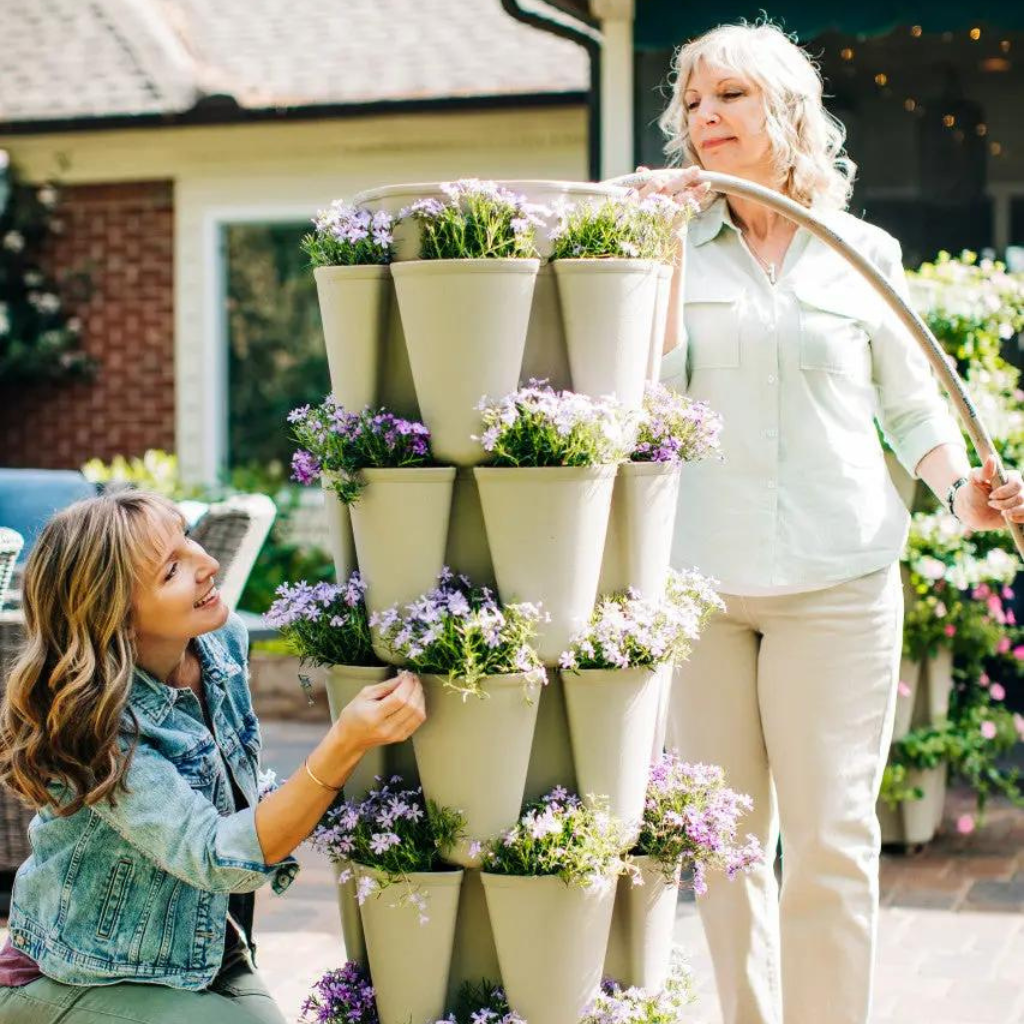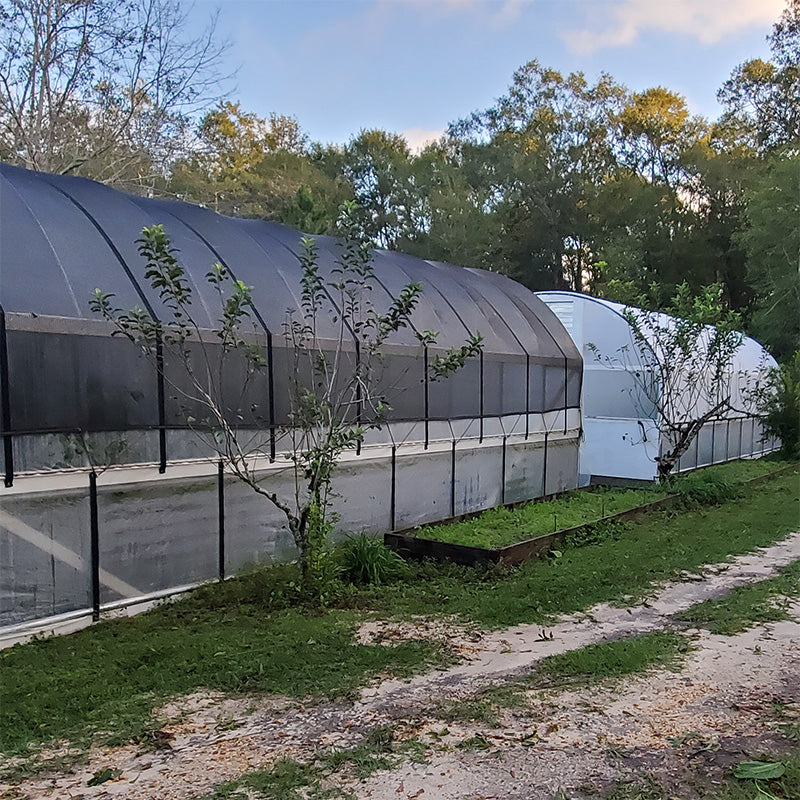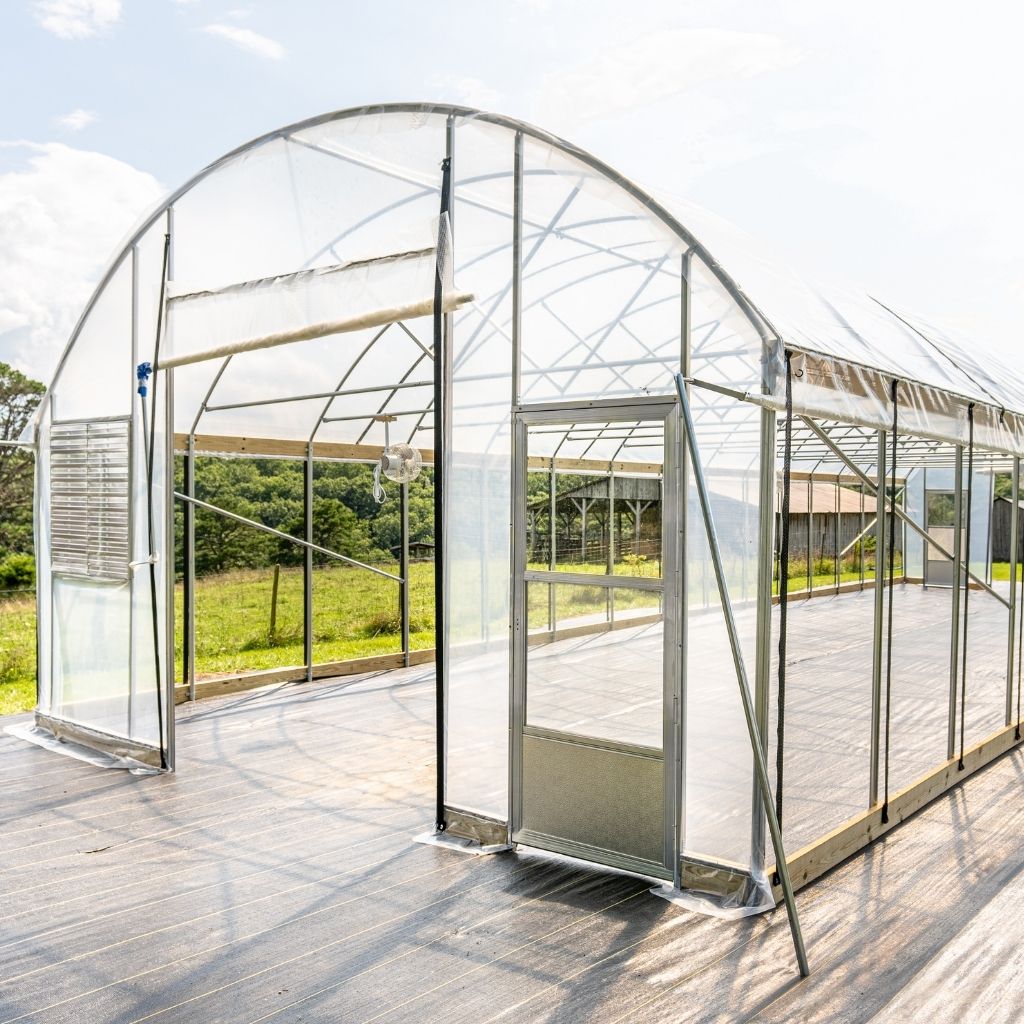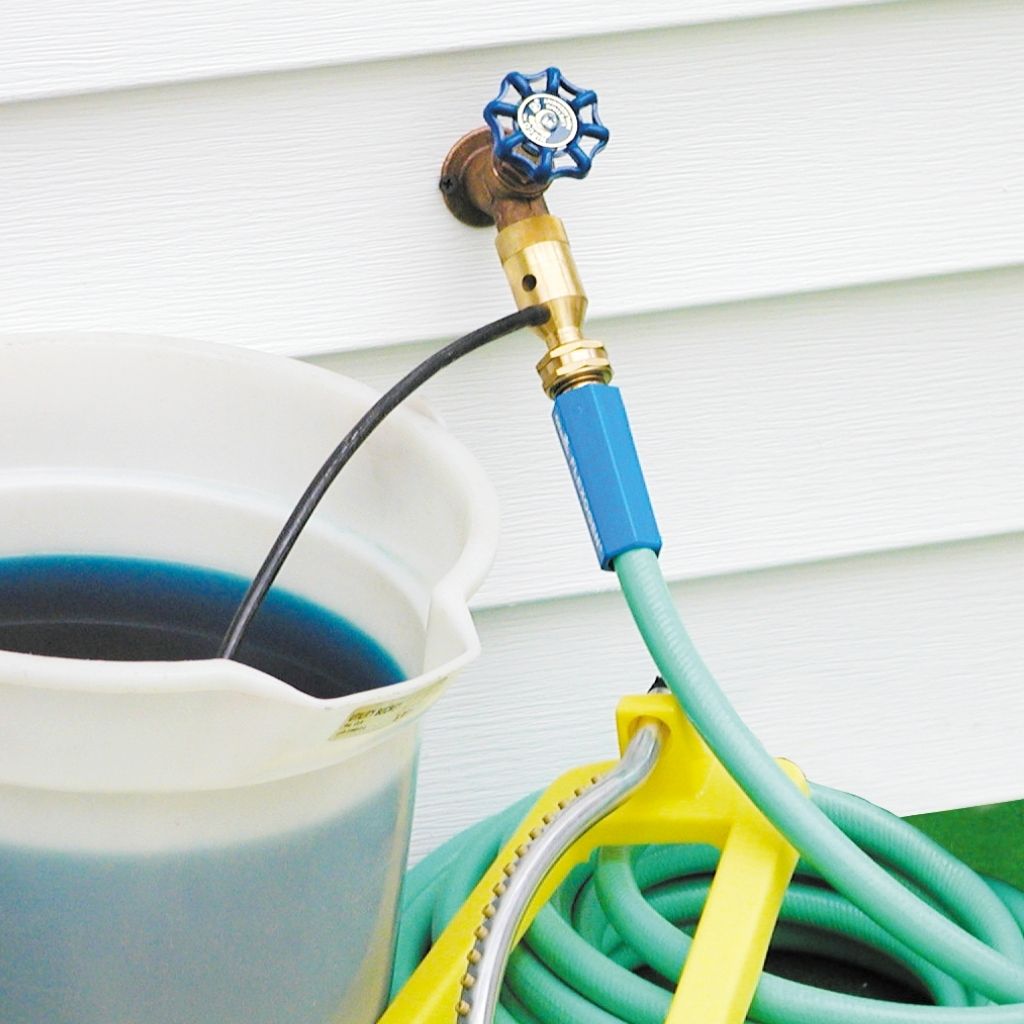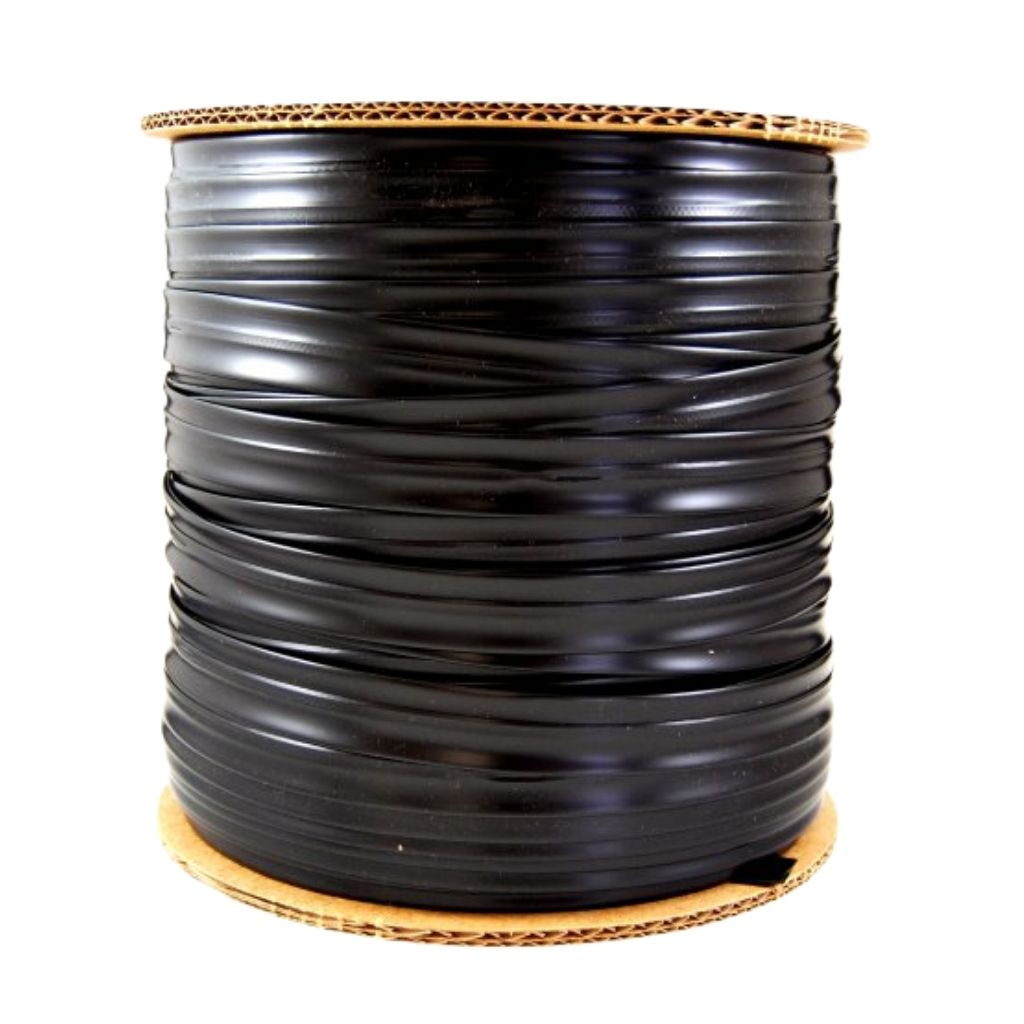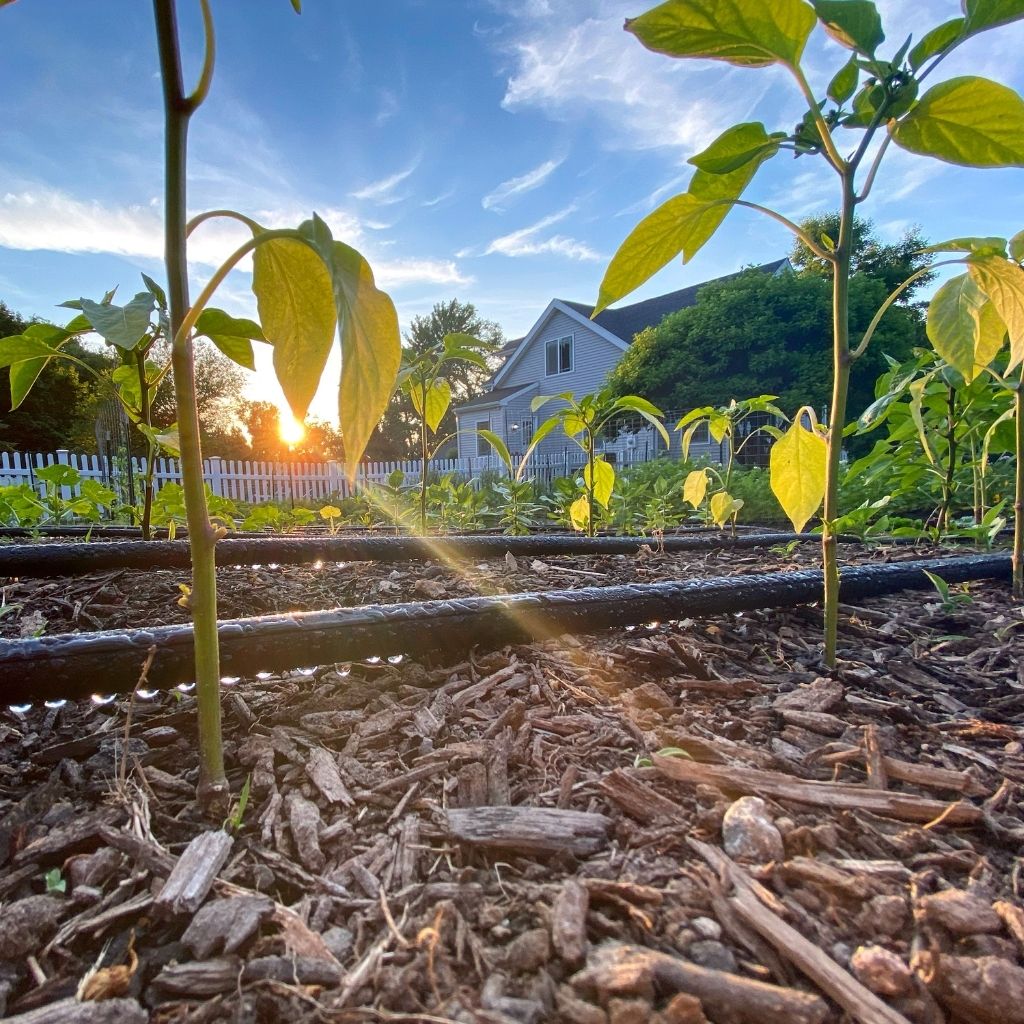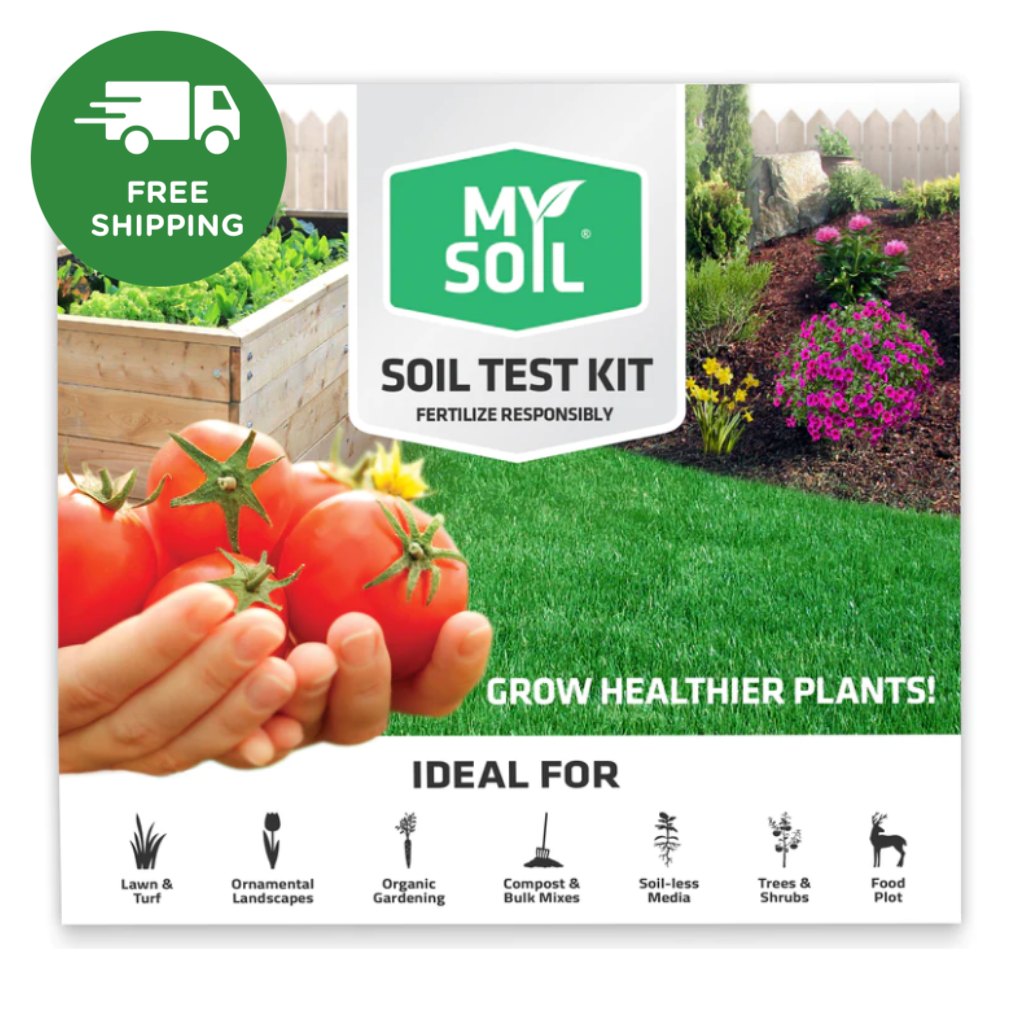Onion and Leek Planting Instructions and FAQ's
Onion and Leek Planting Instructions
Unpack Plants Immediately
The plants you have received are alive and growing. If the tops of the plants are damp or mushy when received, loosen the bundles and spread them out so tops will dry. Do not put in soil or water before planting. Keep cool and dry until you can plant. Plants can keep in fridge for 2 weeks if you cannot plant.
Soil Preparation
Apply a balanced fertilizer such as 10-20-10 at the rate of two pounds per 100 square feet (1 cup for 10 square feet) and work into the soil. Cover the fertilizer with 2" of soil. Onions prefer a pH lever of 6 to 7. Prepare raised beds at least 5 inches high and 20 inches wide. Beds should be spaced on 35 inch centers, with 15€ spacing between beds.
To Plant
Plant onions 1 inch deep and no deeper. Leeks need to be 4 to 6 inches deep. Spacing between plants should be 5 to 6 inches (2 to 3 inch spacing if you plan to thin later for green onions). Water immediately.
Growing Care (Water and Fertilization)
Ample water is important at all stages of growth, especially when bulbs are forming. The best method is by ditch or furrow irrigation. Plant the onions 6" from the edge of the trench on both sides of the trench. DO NOT plant the onions in the trench! Leave a 2" margin between the onions and the outside edge of the bed. When planting several rows of onions, leave 16€ between the outside edge of one bed, and the outside edge of the next. The spacing from the center of one fertilizer trench to the center of the next should be 36€. This provides water to the root while keeping the tops dry. If the tops are regularly wet they are more susceptible to disease. Water thoroughly after planting, and regularly thereafter. Onions have shallow roots, so don't let the soil at the base of plants become dry and cracked. Overwatering is equally problematic. If leaves develop a yellow tinge, cut back on watering. The closer to harvest time, the greater the need for water. However, when the onion tops start falling over, stop watering and let the soil dry out before harvesting.
Harvest and Storage
Harvest your onions when the tops fall over. Pull and let dry on the ground for a few days. Do not allow them to get wet or rained upon. When tops have dried out, clip off an inch from bulb and store in ventilated area.
Frequently asked Questions
Can I grow these in my area?
To find out if a plant will grow in you area you need to Google your hardiness zone and check that with hardiness zone for the plant. You can also look at the USDA or the Department of Agriculture in your area.
What is a bare root plant?
It is in a dormant state and is shipped with no soil.
I see mold on my bare roots, will it be ok?
Yes it will be ok. Just wash it off in some warm (not hot) water.




